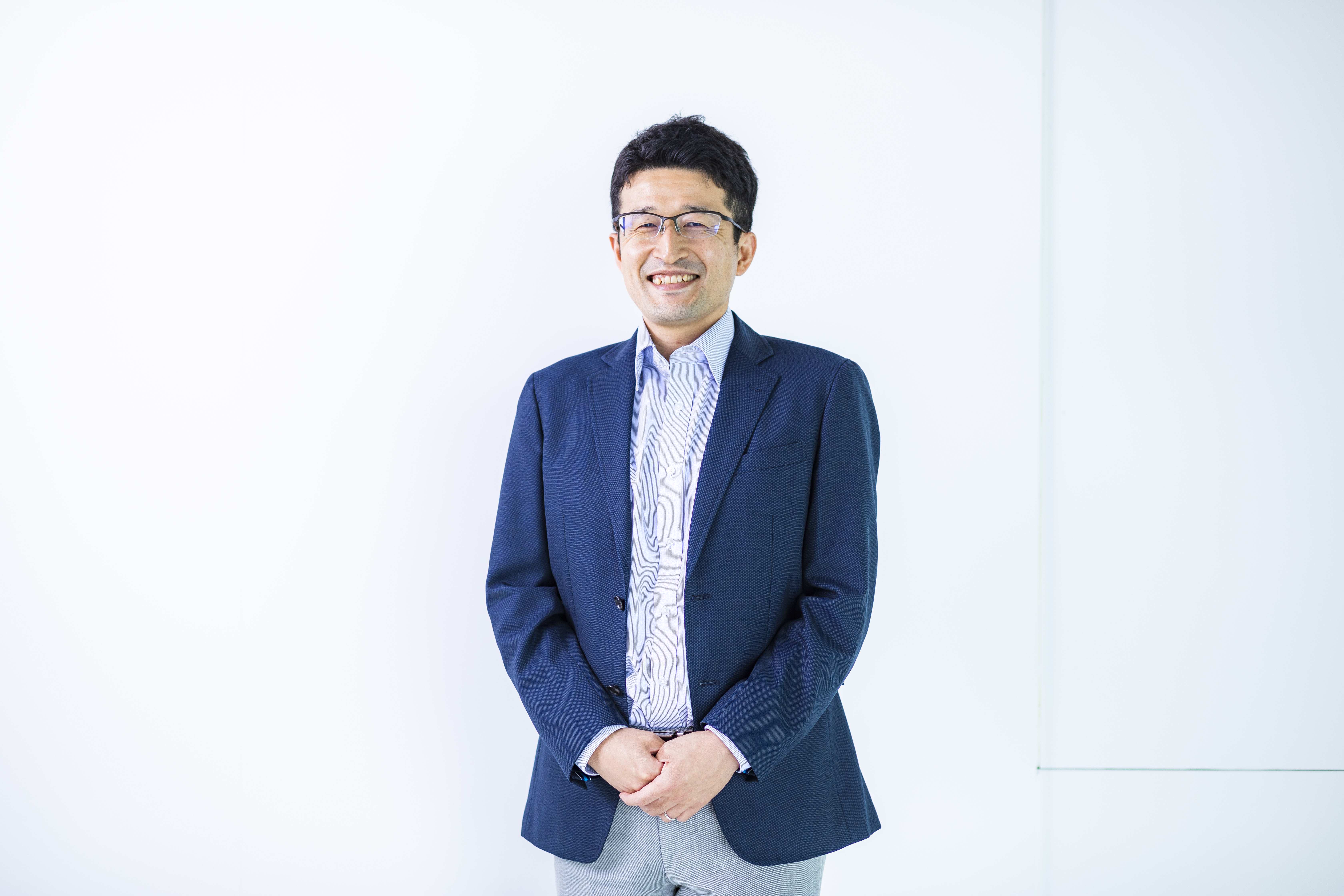
Strategies for reducing non-endocrine cells in stem cell-derived islets
Ryo Ito1, Taro Toyoda2.
1iPSC-derived Pancreatic Islet Cell Therapy Business Unit, Orizuru Therapeutics, Inc., Fujisawa, Japan; 2Center for iPS Cell Research and Application (CiRA), Kyoto University, Kyoto, Japan
Introduction:
Human pluripotent stem cell-derived islets are expected as an alternative cell source to islet transplantation. Given the long-term engraftment of >100 million cells is essential to cure diabetes, the clinical application requires deep understanding of non-target cell populations and development of strategies to mitigate them. Using human iPSC-derived Pancreatic Islet Cells (iPICs), we have attempted to improve safety from multiple perspectives; reduction of residual non-endocrine cells in vitro, removal of proliferating cells after implantation and replacement of potential transformation inducer.
Methods:
We generated iPICs in a floating culture using a bioreactor and re-aggregated in a micro-well plate to form uniformly sized clusters. The iPICs were subjected to single cell RNA-sequencing, flow cytometry analyses and Ames tests. For in vivo studies, iPICs were implanted with bio-scaffold into subcutaneous space of immunodeficient mice.
Results:
Single cell RNA-sequencing of iPICs at late differentiation stages in vitro showed that FGFR1 and 2 were dominantly expressed in non-endocrine cell populations. Consistently, addition of an FGFR inhibitor efficiently reduced Ki67+/CHGA- cells to <0.5% in iPICs. The animal studies with multiple batches of iPICs showed unexpected mesenchymal stem cell-like proliferative cells in grafts at very low frequency, while they were not detected before implantation. To mimic the in vivo observation and expand the proliferating cell population in vitro, we performed prolonged culture of iPICs in a medium with minimum supplement to maintain cell aggregates. Using this prolonged culture system, we identified compound A that suppressed putative proliferating cells. Of note, histological analysis using grafts of immunodeficient NOG mice demonstrated no iPSC-related tumorigenicity and abnormal outgrowth one-year after implantation of iPICs applied with the above purification compounds. In addition to the cell components, we scrutinized the safety profile of differentiation inducers. Quantitative SAR software prediction and Ames mutagenic test revealed the mutagenic potential of ALK5 inhibitor II (ALK5iII), a widely-used β-cell inducer. The following mechanistic analysis uncovered that an off-target CDK8/19 inhibition plays a pivotal role in β-cell induction of ALK5iII, leading to a safer protocol to produce iPICs by using non-mutagenic CDK8/19 inhibitors and ALK5 inhibitors.
Conclusion:
Our findings would provide useful insight into generation of high safety of target cells differentiated from iPSCs and contribute to the improvement of the mass production of endocrine cells for stem cell-derived cell therapy against type 1 diabetes.
On-going supported by Orizuru Therapeutics, Inc.. Previously supported in part by AMED (Grant Number: JP21be0404008). Previously supported by Takeda-CiRA Joint Program for iPS Cell Applications (T-CiRA).
Other Cells of the Islet Product: Should We Pay More Attention to the Deep Space Between the Stars?